Is it Shinbun or Shimbun?
/It’s both. And it’s neither.
Beginner students often ask whether “shinbun” or “shimbun” is the correct spelling of the word for “newspaper” in Japanese.
You’ll see both spellings… and books about the Japanese language don’t seem to be able to agree either.
If you look at the two most popular Japanese beginner textbooks, Genki has “shinbun”, whereas Japanese for Busy People has “shimbun” and also “kombanwa”.
But why?
Well, there are different ways of writing Japanese in romaji (roman letters i.e. the alphabet). All romaji is an approximation, and there are two different major systems, both used widely.
In elementary school, Japanese kids learn Kunrei, the government’s official romanization system. Kunrei is more consistent, but not particularly intuitive for non-Japanese speakers.
In the Kunrei system:
しょ is written as “syo”
こうこう is written as “kookoo”
But textbooks for people learning Japanese tend to use the Hepburn system, which is easier for non-native speakers. Modernised Hepburn writes しょ as “sho” and こうこう as “kōkō”.
"N or M?"
Under the older Hepburn system of romaji, a ん (n) before a "b" or "p" sound used to be written as m. This gave us romaji spellings like shimbun and sempai. (The Kunrei system, on the other hand, never used this rogue "m" at all).
When Modernised Hepburn was introduced in 1954, the "m" rule was dropped. Since 1954, both major systems have said that these words should be written as shinbun and senpai.
So shimbun-with-an-m hasn't been officially used since 1954...but it is still the preferred romanization of several major Japanese newspapers: Asahi Shimbun, Yomiuri Shimbun, Mainichi Shimbun.
So it seems like shimbun-with-an-m is still with us.
"So which is better?"
Arguably, “shimbun” is closer to the pronunciation of the word. There IS a sound change going on here – before a “p” or “b” sound in Japanese, the ん sounds more like “m” than “n”.
But "shinbun" is more consistent, and personally I prefer it - especially if you’re still learning kana.
There is no ‘m’ hiragana, and I don’t want you wasting your time looking for it on your kana chart.
"Which is more common?"
I don’t know. But it kind of doesn’t matter which one is more common: the Japanese way to write the word for newspaper isn't “shinbun” or “shimbun”. It’s not really even しんぶん. The Japanese word for newspaper is 新聞.
Which brings me neatly onto my next question...
“Why are you writing it in romaji anyway?"
Some people say that the shimbun/shinbun thing is a slightly pointless question. Everyone should just learn the kana, and then we wouldn't have this problem, right?
But romaji isn’t just read by people learning Japanese. Romanised stations and place names and even people's names are read by millions of people visiting Japan who don’t know Japanese.
And for people who don’t speak Japanese (especially English speakers), it's easier to guess the pronunciation of “shokuji” than “syokuzi”.
So, while the current system is a bit of a muddle, it's the best thing we've got. I think we can all agree on that.
(First published February 12, 2016. Updated June 21, 2019)
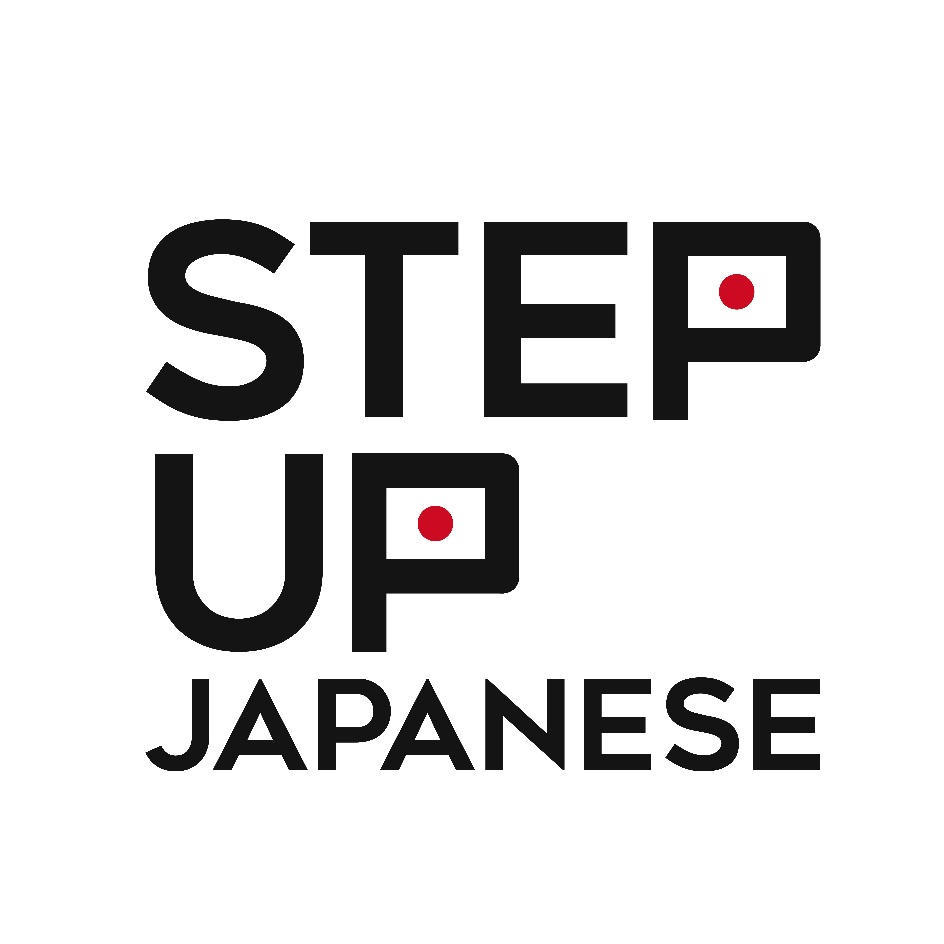










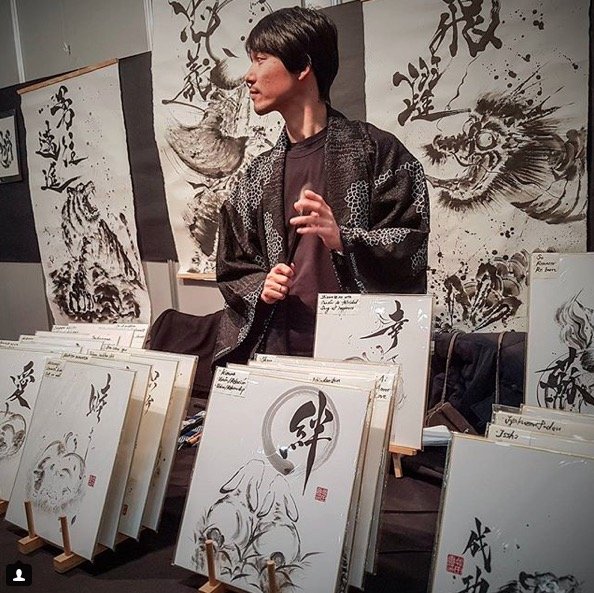
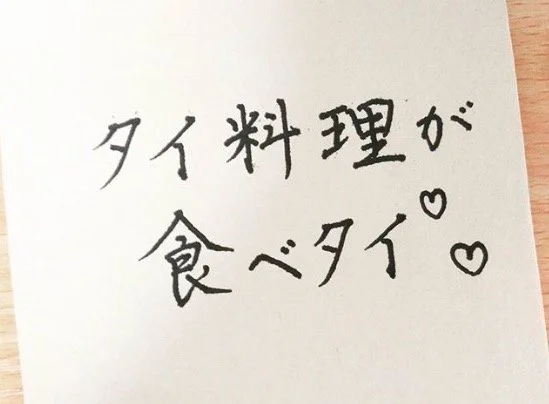
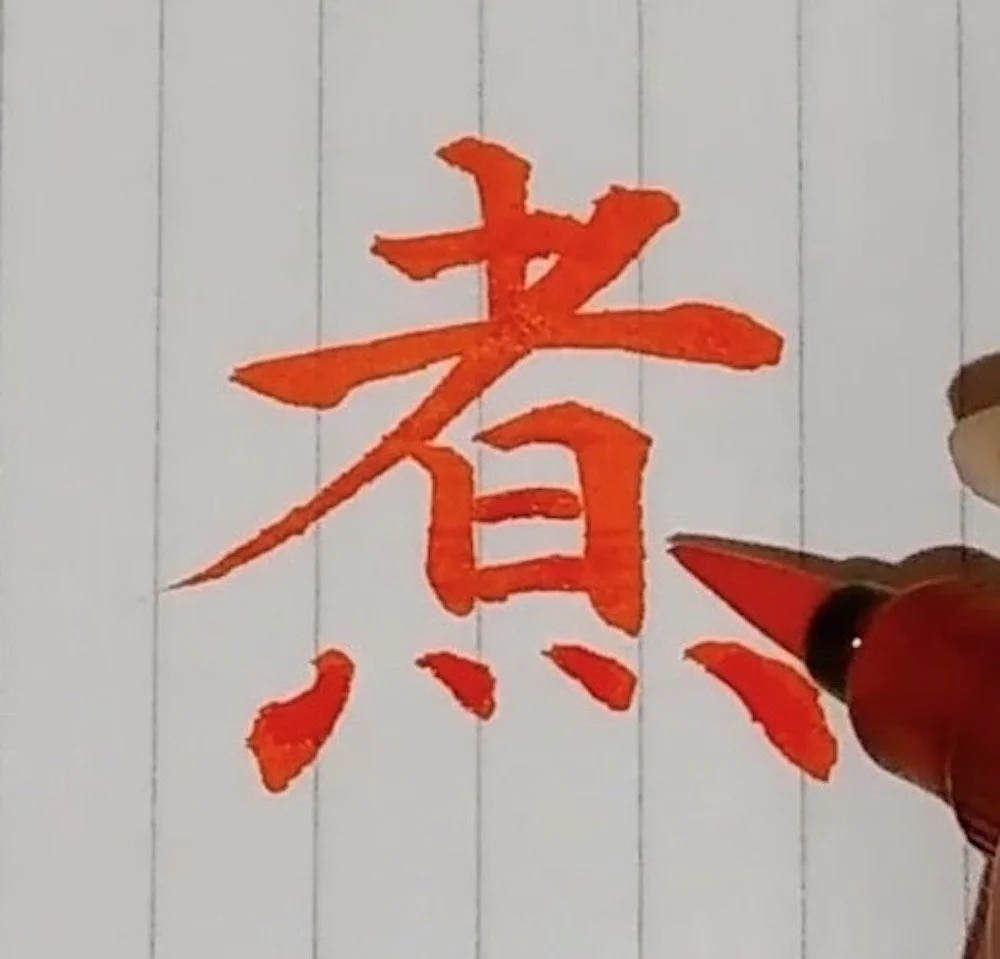
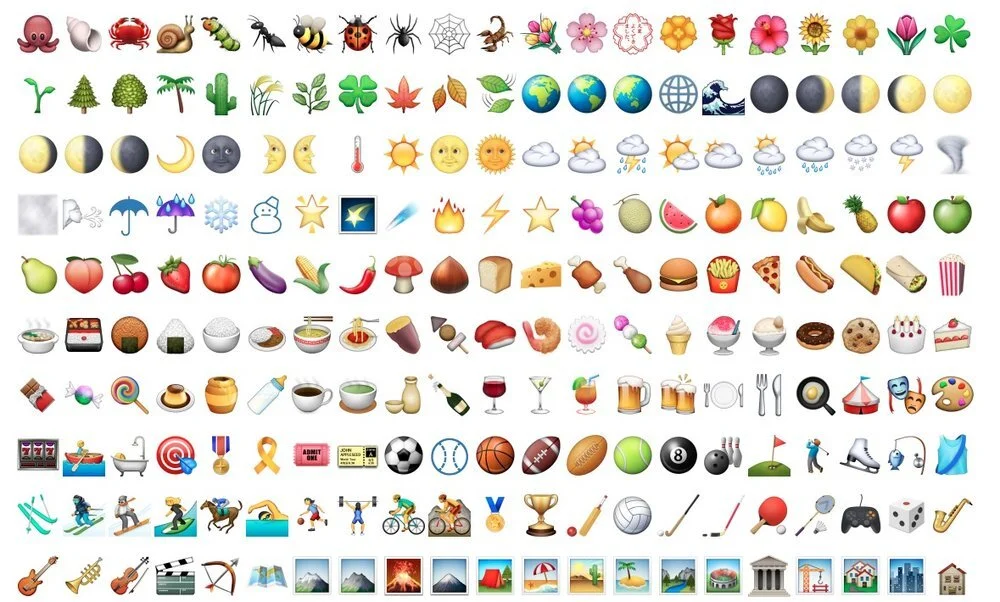


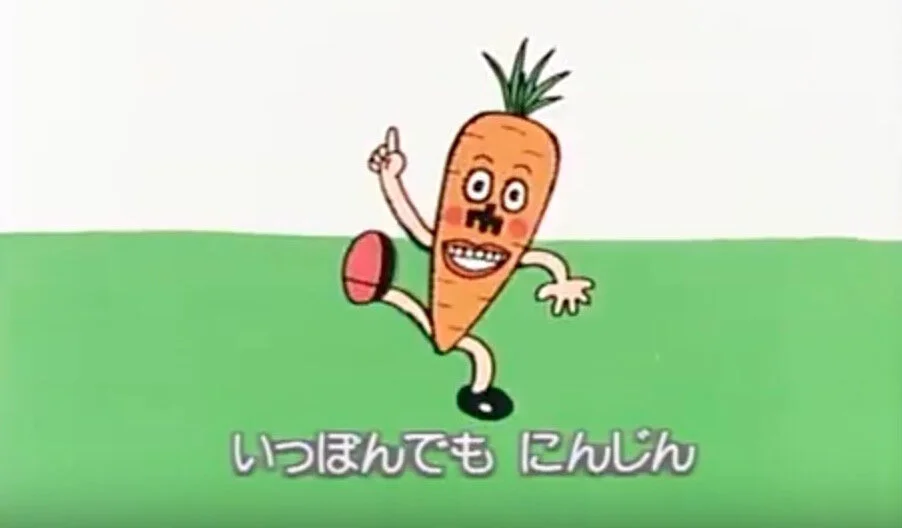


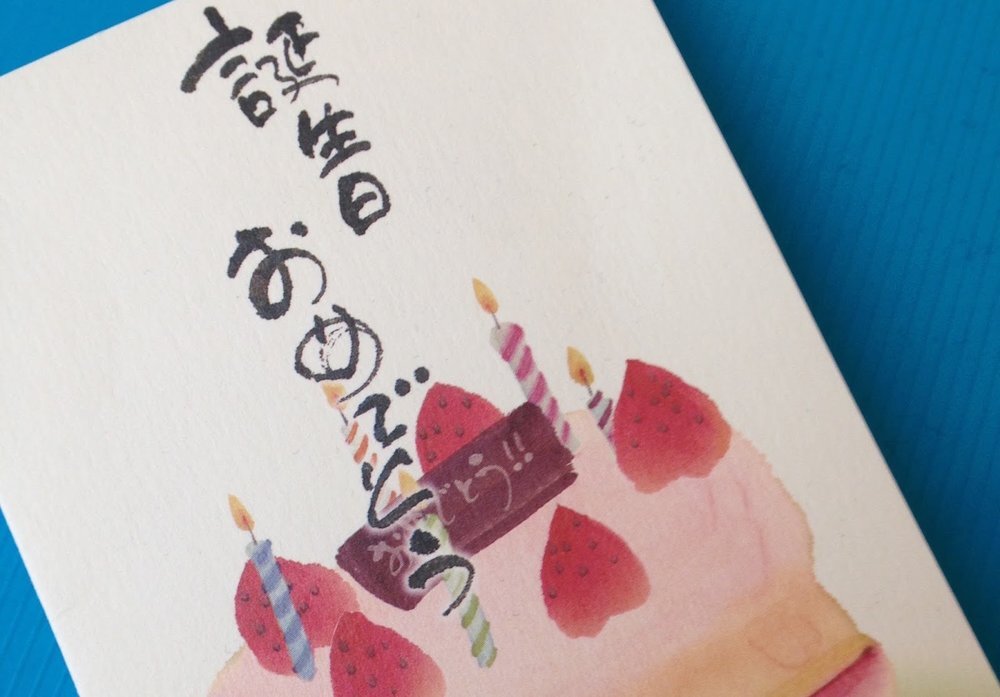




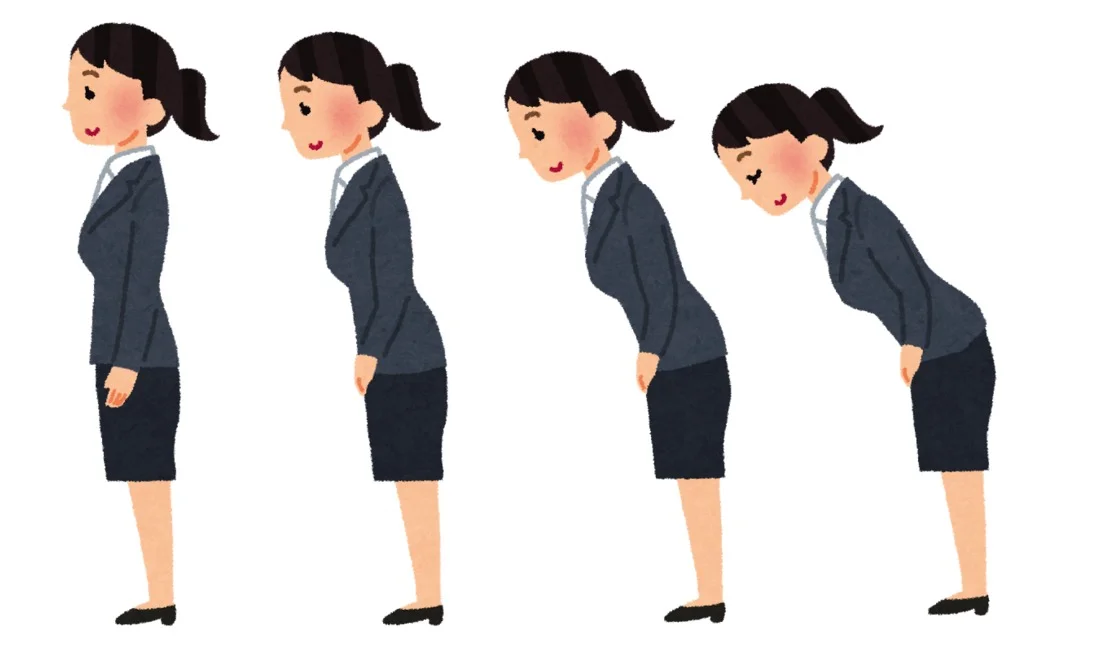
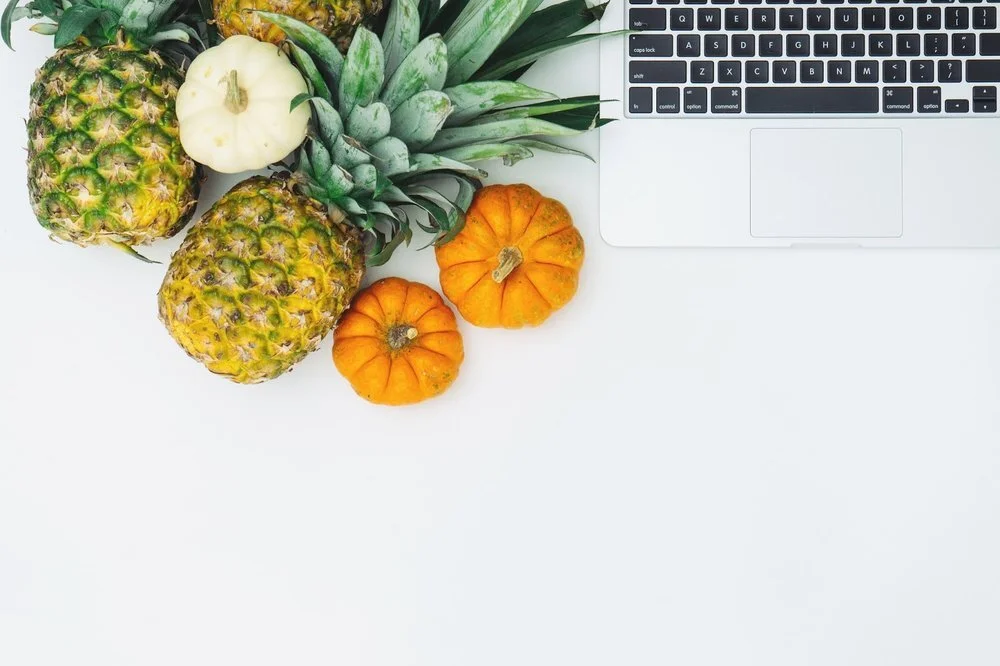







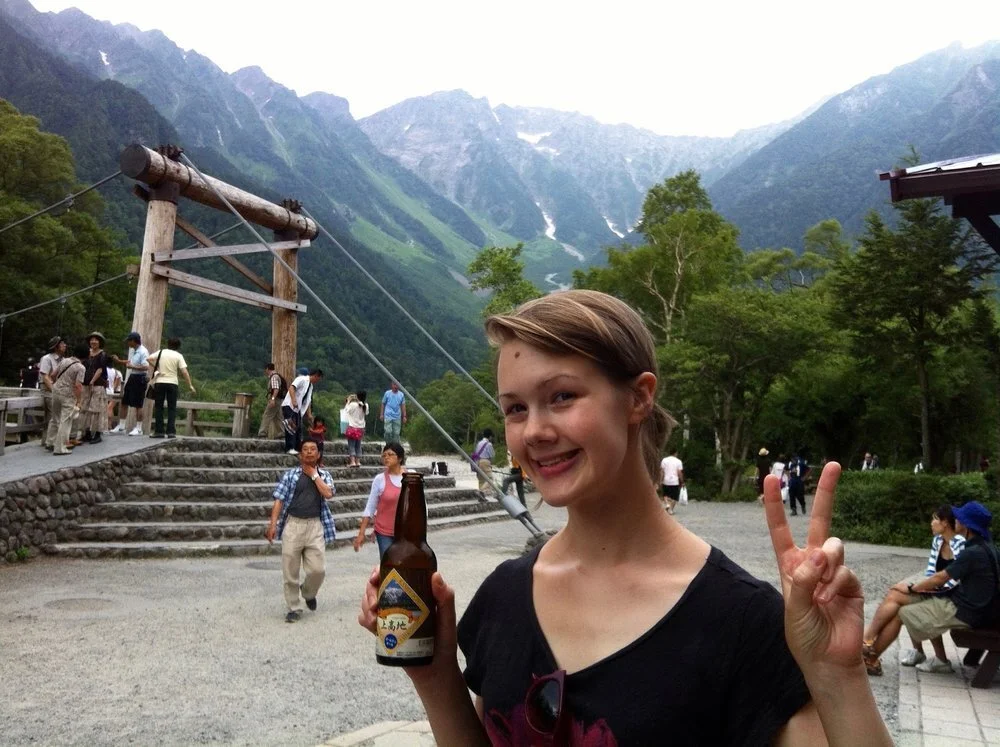
Like many people in the UK, I studied French in school. I liked French. I thought it was really fun to speak another language, to talk with people, and to try and listen to what was going on in a new country. (Still do!)
When I was 14 we went on a school exchange to the city of Reims, in northeastern France. I was paired with a boy, which I’m sure some 14-year-olds would find very exciting but which I found unbearably awkward. He was very sweet and we completely ignored each other.
That was nearly 20 years ago, and I didn’t learn or use any more French until, at some point in lockdown, I decided on a whim to take some one-to-one lessons with online teachers. Here are some things I learned about French, about language learning, and about myself.